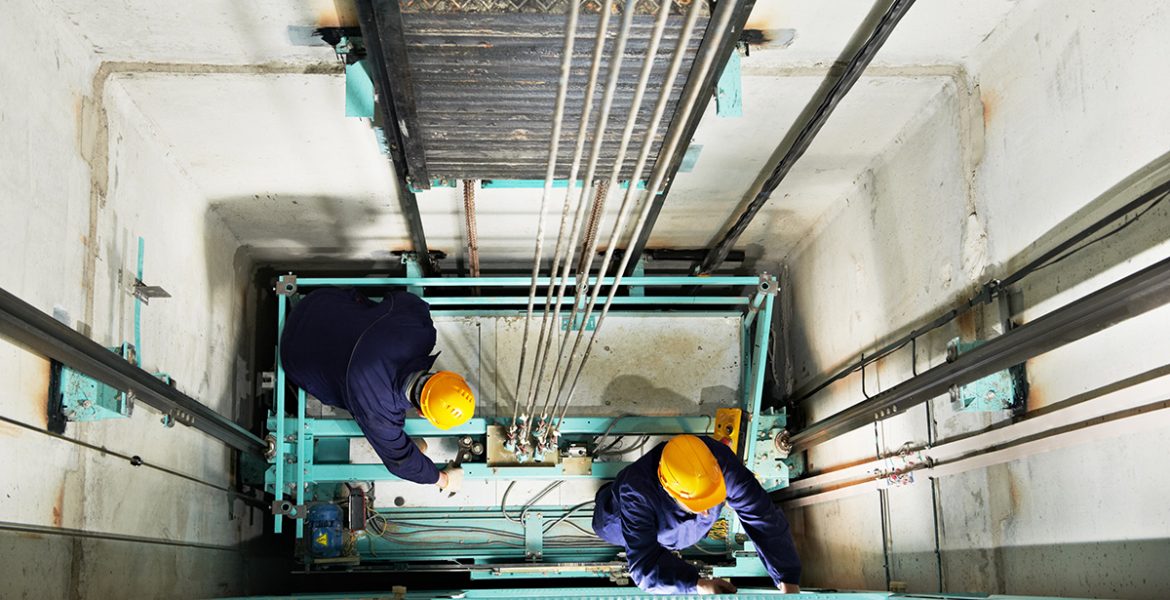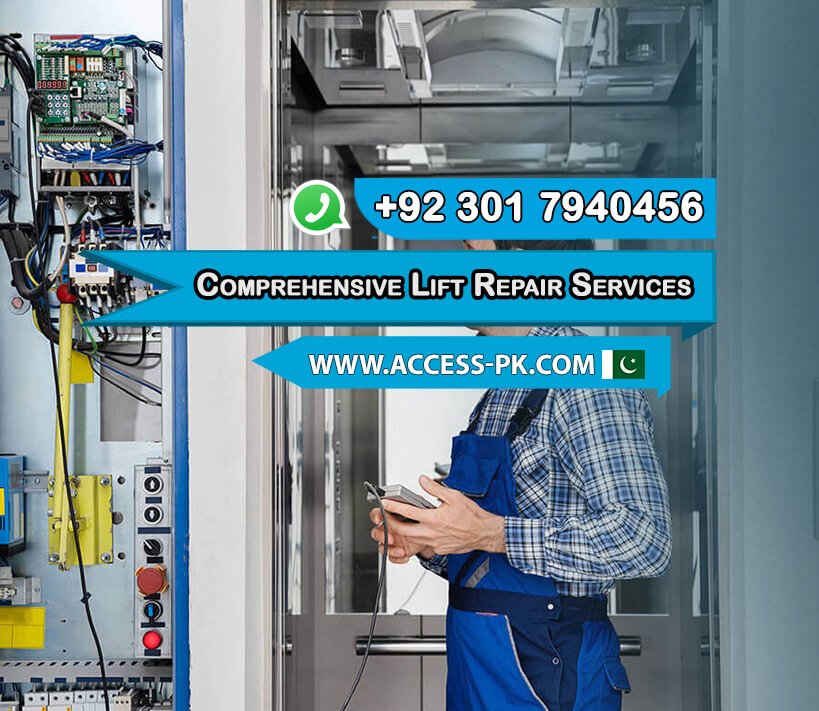How Lift Maintenance London Stands Apart Among Local Lift Repair Companies
How Lift Maintenance London Stands Apart Among Local Lift Repair Companies
Blog Article
Comprehensive Overview to Lift Solutions and Their Upkeep
Browsing the intricate world of lift systems and their maintenance is a job that demands accuracy and knowledge. From the numerous types of elevator systems in use to the careful adherence to security regulations, the maintenance of these vertical transport gadgets is a multifaceted undertaking.
Types of Lift Systems
Lift systems come in various types, each made to fit specific structure requirements and individual demands. One of the most typical kinds consist of hydraulic lifts, traction elevators, machine-room-less lifts, and vacuum cleaner lifts. Hydraulic elevators are ideal for low-rise structures and make use of a hydraulic piston to relocate the elevator auto. Traction elevators, on the various other hand, are extra suited for high-rise buildings and make use of steel ropes and weights to relocate the automobile. Machine-room-less lifts are a space-saving alternative as they do not call for a separate device space for the lift equipment. Vacuum cleaner lifts, a more contemporary technology, use air pressure differentials to relocate the vehicle within a clear tube.
Each kind of elevator system has its very own advantages and downsides, making it essential for structure owners and programmers to thoroughly consider their certain needs prior to choosing the most appropriate alternative. Variables such as building height, area accessibility, power efficiency, and budget constraints all play a significant function in identifying the ideal lift system for a specific building.
Common Upkeep Concerns
Normal maintenance of elevator systems is necessary to make certain smooth operation and lengthen their life expectancy. In spite of regular maintenance, lift systems can still encounter common maintenance problems that need to be immediately resolved to stop interruptions in service. Among one of the most constant issues is door breakdowns. Lift doors may get misaligned, resulting in issues with opening and closing correctly. This can create hold-ups and security dangers, requiring immediate focus from upkeep service technicians. One more typical trouble is connected to the elevator's leveling accuracy. If the elevator doesn't line up correctly with the floors, travelers may experience tripping hazards and pain. Furthermore, issues with the control system, such as sensor troubles or electric concerns, can trigger the lift to malfunction or quit working completely. Routine examinations and positive upkeep can help identify and settle these common upkeep problems before they intensify and affect the general efficiency of the elevator system.
Safety Regulations and Conformity
Adhering to strict safety laws and making certain conformity with industry requirements are vital for maintaining the operational integrity of elevator systems. Lifts undergo a detailed set of safety and security guidelines to safeguard passengers, maintenance personnel, and the public. Regulative bodies such as the Occupational Security and Wellness Management (OSHA) in the USA and the European Lift Organization (ELA) in Europe establish guidelines that cover numerous facets of elevator layout, maintenance, installment, and operation.
Conformity with these laws is not just a lawful need but additionally an ethical obligation for building proprietors and elevator maintenance firms. Routine evaluations, upkeep checks, and adherence to security procedures detailed in the policies are necessary to make certain the risk-free and efficient operation of lift systems.
Best Practices for Upkeep

Building proprietors ought to likewise take into consideration investing in modernization upgrades to improve the efficiency and safety and security of their lift systems. By complying with these ideal practices, elevator systems can operate smoothly and securely, giving trusted vertical transportation for residents.

Advanced Technologies for Performance
Implementing advanced innovations in elevator systems can substantially boost functional performance and guest experience. lift maintenance services. Among the key developments in lift technology is the introduction of destination control systems. These systems enable guests to input their desired floor before getting in the lift, which then directs them to the most effective auto. By minimizing unneeded quits and enhancing traveling courses, destination control systems lower wait times and congestion in high-traffic buildings.
In addition, the integration of wise sensors and anticipating upkeep abilities has revolutionized lift maintenance. These sensing units can discover potential concerns before they rise, making it possible for aggressive upkeep treatments and decreasing downtime. Additionally, the usage of regenerative drives and energy-efficient elements helps lower power consumption and operating expenses in lift systems.
Additionally, the application of cloud-based surveillance and remote diagnostics find out this here enables real-time tracking of elevator performance and prompt troubleshooting of any malfunctions. This aggressive technique not just improves system dependability visit here yet also improves the overall individual experience by ensuring nonstop and smooth elevator operations.
Final Thought
In verdict, understanding the different sorts of lift systems, usual upkeep concerns, safety policies, finest maintenance techniques, and progressed technologies for efficiency is important for making sure the smooth procedure of lifts. By sticking to safety and security laws and implementing best practices for upkeep, building owners can prolong the lifespan of their elevator systems and guarantee the security of travelers. It is very important to remain updated on the most current improvements in lift innovation to enhance effectiveness and reliability.
The most common types consist of hydraulic lifts, grip elevators, machine-room-less elevators, and vacuum lifts. Hydraulic lifts are suitable for low-rise structures and utilize a hydraulic piston to move the elevator car. Machine-room-less lifts are a space-saving option as they do not call for a different equipment space for the elevator equipment. Regular examinations and aggressive maintenance can help identify and settle these usual maintenance issues prior to they intensify and affect the overall efficiency of the elevator system.

Report this page